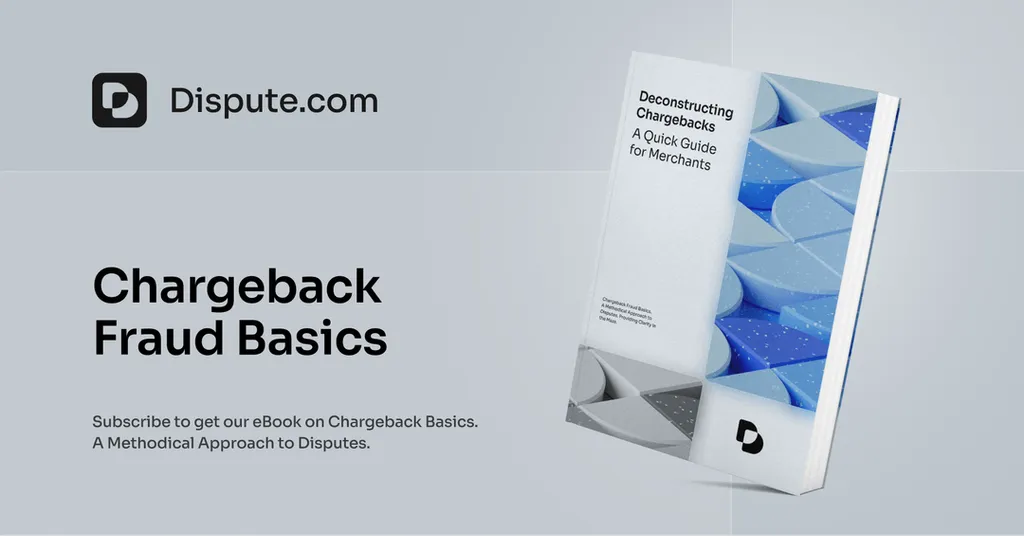Chargeback Reason Codes, Explained

Your 2025 Guide from Dispute.com
When a chargeback hits your account, it comes with a reason code—a short, alphanumeric tag explaining why the dispute happened. But here's the truth: these codes are often more confusing than helpful if you don’t know how to read them.
At Dispute.com, we break it down for you. Let’s decode chargeback reason codes by card network and show you how to actually use them to fight back—and prevent future disputes.
What Is a Chargeback Reason Code?
A chargeback reason code is a 2–4 character code (letters, numbers, or both) attached to a chargeback by the issuing bank. It’s their way of saying, “Here’s why we’re pulling this transaction.”
Each card network—Visa, Mastercard, Amex, Discover—has its own format. But at the end of the day, the reasons usually fall into four main buckets:
- Fraud
- Authorization issues
- Processing errors
- Customer disputes
Why it matters: The right reason code helps you decide whether to fight the chargeback, issue a refund, or fix a bigger issue in your checkout or customer experience.
Reason Code Rundown by Card Network
🔵 Visa
Visa groups reason codes in buckets:
- 10.1: EMV Liability Shift – Counterfeit Fraud
- 10.4: Fraud – Card-Absent Environment
- 11.3: No Authorization
- 12.5: Incorrect Amount
- 13.1: Merchandise/Service Not Received
- 13.2: Canceled Recurring Transaction
- 13.3: Not as Described/Defective Merchandise
- 13.6: Credit Not Processed
💡 Tip: Visa’s system is logic-based. Know your code, and you’ll know your next move.
🟣 Mastercard
Mastercard keeps things simple with 4-digit reason codes:
- 4837: No Cardholder Authorization
- 4841: Canceled Recurring Transaction
- 4853: Goods/Services Not as Described
- 4860: Credit Not Processed
- 4870: Chip Liability Shift
- 4834: Point-of-Interaction Error
- 4863: Cardholder Does Not Recognize – Potential Fraud
💡 Tip: Fewer codes = easier to analyze patterns. Use this to spot recurring risks.
🟢 American Express
Amex blends letters and numbers:
- F14: Fraud – No Cardmember Authorization
- C04: Goods/Services Returned or Refused
- C08: Goods/Services Not Received
- C31: Goods/Services Not as Described
- C02: Credit Not Processed
- C28: Canceled Recurring Billing
- P01: Duplicate Charge
💡 Tip: Amex disputes often trace back to shipping or service issues. Keep your customer comms tight.
🟠 Discover
Discover uses mostly 2-letter codes:
- UA02: Fraud – Card Not Present
- UA06: Fraud – Lost/Stolen
- DP: Duplicate Processing
- RM: Product Not as Described
- RG: Merchandise Not Received
- RN: Credit Not Processed
- CI: Canceled Recurring Transaction
💡 Tip: Discover leans consumer-first. DTC brands—lock down your return and fulfillment strategy.
What Can Reason Codes Teach You?
💡 More than you think. Reason codes are your blueprint for prevention. They reveal:
- Recurring fraud? Upgrade with tools like 3DS2, AVS, and velocity checks.
- Authorization issues? Revisit your processor settings or talk to your PSP.
- Customer complaints? Improve product descriptions, shipping timelines, and refund policies.
Tracking codes monthly helps you see trouble before it costs you.
When Should You Fight a Chargeback?
If the reason code doesn’t match the reality—you’ve got a strong case. Dispute.com helps you:
✅ Match codes with transaction logs ✅ Gather compelling evidence ✅ Submit a professional, timely representment
We handle the full fight. You keep the revenue.
Bottom Line: Know the Code. Defend the Sale.
In 2025, chargeback reason codes aren’t just internal tags—they’re actionable insights. When you know what the banks are saying (and how to clap back), you take control of the narrative.
